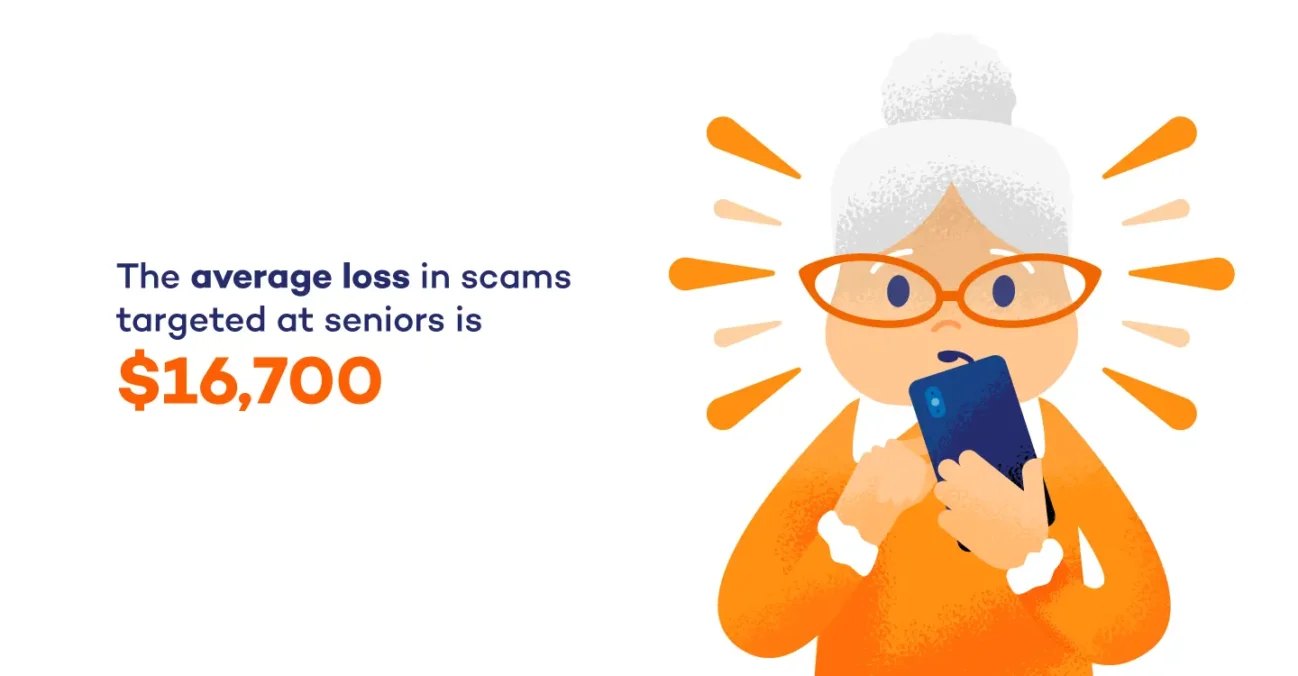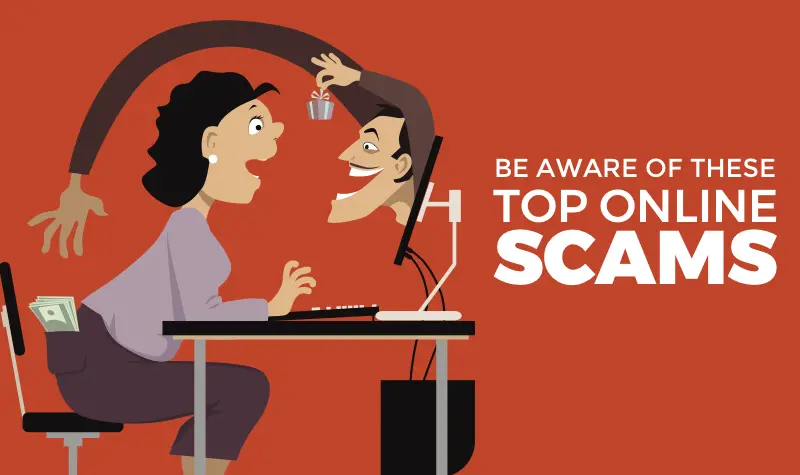Shopping online can be convenient and fun, but it’s important to be cautious. Scammers create fake online stores or use tricky methods to steal your money or personal information. This guide will help you recognize common online shopping scams and give you tips on how to avoid them.

1. Fake Online Stores
Example:
- You find an online store offering products at unbelievably low prices. You order an item and either receive a poor-quality product, or nothing at all.
Very often you will find these fake sites on social sites like Facebook, because people believe that everything on Facebook is true or verified by someone.
How to Detect It:
- The website has a slightly modified domain name.
- The website has limited contact information, only a vague email or no phone number.
- You can’t find reviews about the store, or all the reviews seem fake (too good to be true).
How to Avoid It:
- Only shop from well-known, trusted online stores like Amazon, eBay, or well-established brands.
Do not click any links on social networks, just type the address by yourself. - Before purchasing from a new site, search for reviews or complaints from other customers.
- Look for secure sites: Check if the web address starts with “https” and has a padlock symbol.
Real Amazon website:
https://amazon.com
https://amazon.es
https://amazon.de
….
Fake Amazon website:
https://amazon-deals.xyz
https://amazonshopping.es
https://amaz0n.com
….
2. Counterfeit Products
Example:
- You see an ad for designer bags or electronics at prices much lower than retail.
After buying, you receive a cheap, fake version of the item or nothing at all.
How to Detect It:
- Prices are unusually low compared to other sites.
- The site has no guarantee or return policy.
- The seller is an unknown person on Internet.
How to Avoid It:
- If the price seems too good to be true, it likely is.
- Always compare prices on multiple trusted websites to see if the deal is realistic. One of such price comparison in Spain is Idealo.

3. Payment Scams
Example:
- The website asks you to pay via direct bank transfer or through services like Western Union.
After paying, you don’t receive your item, and the seller disappears.
How to Detect It:
- The store only offers payment methods that are difficult to trace like bank transfers, gift cards or crypto.
- No option to pay using credit cards or trusted payment methods like PayPal.
How to Avoid It:
- Always pay using secure methods like credit cards or PayPal, which offer fraud protection
- Avoid payment through wire transfers or prepaid gift cards.
4. Phishing Scams Using Fake Websites
Example:
- You receive an email that appears to be from a big store like Amazon, with a link to “confirm” your order or enter your payment details.
The website looks real but is actually a fake site designed to steal your personal information.
How to Detect It:
- The website address (URL) may have slight differences, like “amaz0n.com” instead of “amazon.com.”
- The email may contain spelling or grammar mistakes.
How to Avoid It:
- Type the store’s web address directly into your browser instead of clicking on email links.
- Always verify suspicious emails or messages by contacting the store directly using their official contact details.

5. Auction and Marketplace Scams
Example:
- On websites like eBay or Wallapop, sellers may offer products but demand payment outside the platform (such as a bank transfer).
After payment, the item is never sent.
How to Detect It:
- The seller asks you to communicate or pay outside of the platform.
- The item description is vague or copied from other listings.
- Prices are unusually low compared to other sites.
How to Avoid It:
- Always use the payment methods provided by the platform, which usually have buyer protection.
- Be cautious of sellers with little or no history or reviews.
Small Dictionary of Scammer Techniques
Countdown to Create Urgency
- How It Works: Scammers use timers or “limited time offers” to pressure you into making quick decisions without thinking carefully.
- How to Avoid It: Take your time and research the site. A real deal won’t vanish in minutes.
Fake Domain Names
- How It Works: Scammers use web addresses that look like trusted sites, such as “amaz0n.com” or “amzon.deals.”
- How to Avoid It: Always double-check the web address and make sure it’s the correct spelling of the store’s official website.
Too Good to Be True Offers
- How It Works: Scammers lure you in with items that are ridiculously underpriced compared to other stores.
- How to Avoid It: Be cautious of deals that seem too perfect. Compare prices on multiple trusted sites.
The Real Risk: Losing More Than Just a Purchase
By providing your bank or credit card details to a scammer, you’re not just at risk of losing the money for that purchase — the scammer could empty your entire bank account. Scammers often sell your details to other criminals, putting all your funds at risk.

Tips to Safely Shop Online
Use Credit Cards, Not Debit Cards
Credit cards offer better protection against fraud than debit cards. If fraud happens, it’s easier to dispute charges on a credit card.Check for Secure Websites
Always look for the padlock symbol in the address bar and ensure the web address starts with “https.”Be Wary of Too-Good-to-Be-True Deals
Scammers often lure shoppers in with extremely low prices. If it’s unbelievably cheap, it’s likely a scam.Stick to Trusted Retailers
Stick to shopping on reputable sites like Amazon, Walmart, or well-known brand websites. If using a smaller site, do some research to ensure it’s legitimate.Check Reviews
Before purchasing, check customer reviews. Fake sites often lack real reviews or have overly positive reviews that sound suspicious.Avoid Paying by Bank Transfer
Pay with secure methods, like credit cards or PayPal, which have fraud protection. Never send money via bank transfer or wire services like Western Union.Monitor Your Bank Accounts
Regularly check your bank and credit card statements to spot any unauthorized charges early.Use Two-Factor Authentication (2FA)
Enable 2FA on your accounts where possible, which adds an extra layer of security.
By following these tips and staying alert, you can protect yourself from online shopping scams and enjoy the convenience of buying safely from the comfort of your home. Always remember: if something doesn’t feel right, it’s better to pause and verify!
If in doubt, ask your friends or family members, you can trust them more than a random stranger on Internet.

